
Here’s What You Need to Know About Tonsil Stones — Causes, Symptoms & Safe Removal
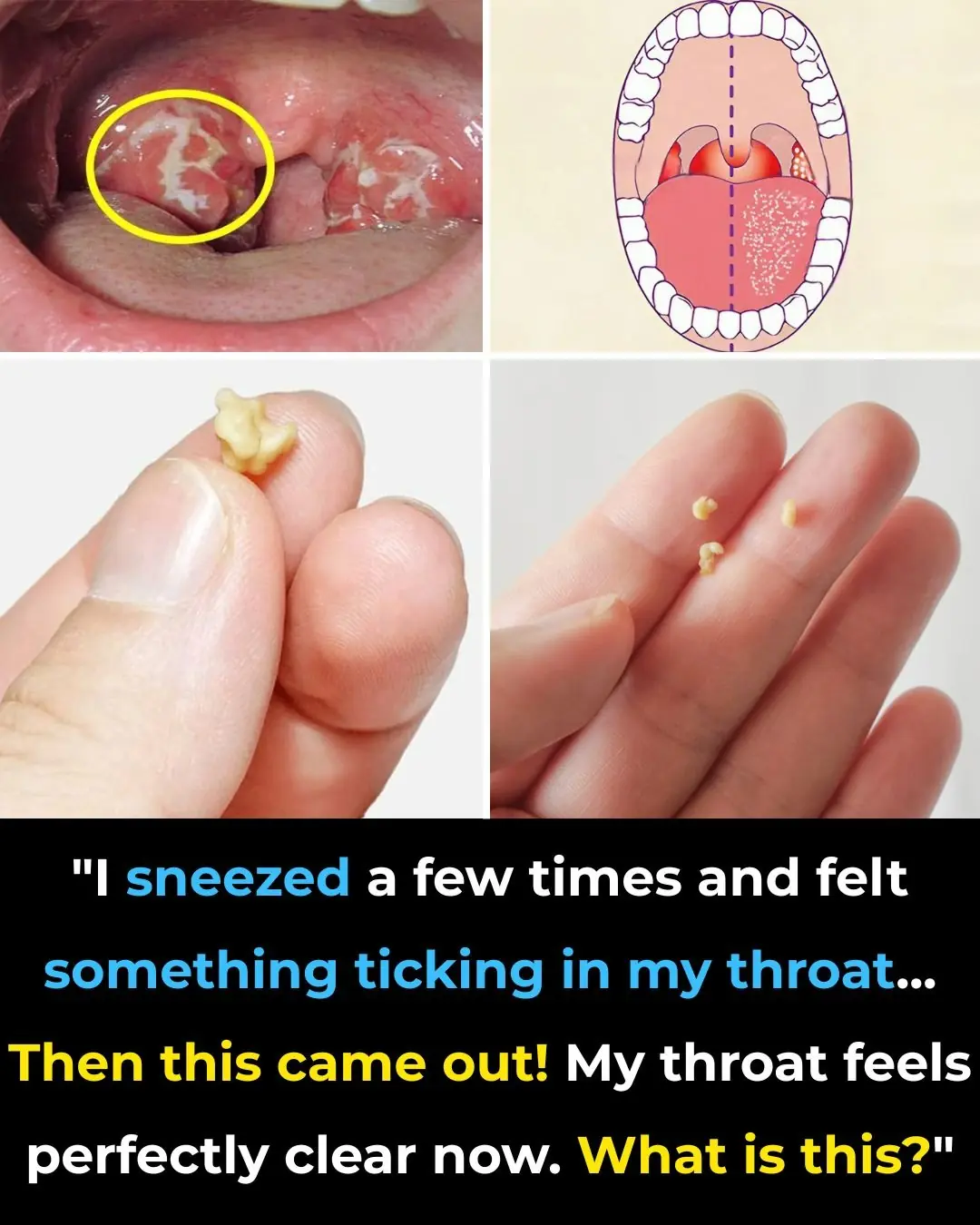
You’re going about your day when suddenly you cough — and something small, white, and foul-smelling pops out.
Or maybe you’ve noticed bad breath that won’t go away — even after brushing, flossing, and mouthwash.
Chances are, you’re dealing with tonsil stones — a surprisingly common but often misunderstood condition.
While not usually dangerous, tonsil stones can be uncomfortable, embarrassing, and persistent if left untreated.
Let’s dive into what tonsil stones are , why they form , and how to safely manage them — so you can breathe easier (and smell better) in no time.
❓ What Are Tonsil Stones?
Tonsil stones — or tonsilloliths — are small, hard formations that develop in the crevices (crypts) of your tonsils .
They’re made up of:
- Bacteria
- Dead cells
- Mucus
- Food debris
Over time, these materials calcify into white, yellow, or grayish lumps that can range from grain-of-rice size to larger, pea-sized masses .
📊 Studies suggest that up to 10% of people experience tonsil stones — though many don’t even know they have them.
🔍 What Causes Tonsil Stones?
Tonsil stones form when debris gets trapped in the deep pockets of the tonsils and hardens. Common causes include:
- Poor oral hygiene — allows bacteria to thrive
- Chronic tonsillitis or recurring sore throats
- Large tonsil crypts — more space for debris to collect
- Dry mouth — reduces natural cleansing from saliva
- Post-nasal drip — mucus feeds bacterial buildup
- Diet high in dairy or sugar — can increase mucus and plaque
💡 They’re more common in teens and adults — especially those who’ve had frequent throat infections.
🚩 Common Symptoms of Tonsil Stones
You may have tonsil stones if you experience:
⚠️ Larger stones can cause ear pain (referred pain through shared nerves) or difficulty swallowing .
✅ How to Remove Tonsil Stones Safely
1. Gentle Manual Removal
- Use a cotton swab or clean finger to gently press around the stone (not into it)
- Aim to dislodge it — don’t dig, which can cause injury
- Best done in front of a mirror with good lighting
🔁 Tip: Gargle with salt water afterward to soothe and clean the area.
2. Water Flosser (Oral Irrigator)
- A low-pressure water flosser can flush out stones without contact
- Use the softest setting and aim at the crypts
- Great for hard-to-reach stones
💦 Pro tip: Use warm saline water (1 tsp salt in 8 oz water) for added cleansing.
3. Salt Water Gargle
- Mix 1 tsp salt in 8 oz warm water
- Gargle deeply for 30 seconds, twice daily
- Helps reduce bacteria, loosen debris, and prevent new stones
4. Mouthwash (Antiseptic)
- Use alcohol-free, antibacterial mouthwash
- Helps reduce odor and bacterial load
- Avoid excessive use of alcohol-based rinses — they can dry the mouth
🛑 What NOT to Do
🚫 Don’t use sharp objects (pins, tweezers) — risk of bleeding or infection
🚫 Don’t force it — can damage delicate tonsil tissue
🚫 Don’t panic — most tonsil stones are harmless and temporary
🛡️ How to Prevent Tonsil Stones
✅ Practice good oral hygiene
- Brush twice daily, floss, and clean your tongue
- Use a tongue scraper to remove bacteria
✅ Stay hydrated
- Drink plenty of water to keep saliva flowing — nature’s natural cleanser
✅ Gargle after eating
- Especially helpful if you eat sticky or dairy-rich foods
✅ Treat post-nasal drip
- Address allergies or sinus issues with your doctor
✅ Quit smoking
- Smoking dries the mouth and increases bacterial buildup
🏥 When to See a Doctor
Most tonsil stones resolve on their own — but see a healthcare provider if you have:
- Stones that keep returning
- Severe pain or swelling
- Frequent tonsillitis
- Stones too large to remove safely
- Suspected abscess (fever, one-sided swelling, intense pain)
In rare cases, doctors may recommend:
- Tonsillectomy (removal of tonsils) — for chronic cases
- Laser cryptolysis — to reduce tonsil pockets
Final Thoughts
Tonsil stones might be gross — but they’re not a medical emergency .
They’re a manageable condition that often comes down to oral hygiene, anatomy, and habits .
The good news?
With simple daily practices — like gargling, staying hydrated, and cleaning your mouth — you can prevent or minimize tonsil stones and the bad breath that comes with them.
So if you’ve been coughing up “weird white chunks” or battling stubborn halitosis…
don’t ignore it.
Take a look, clean up your routine, and breathe easier — literally.
Because sometimes, the root of the problem is hiding in plain sight — right in the back of your throat.
News in the same category

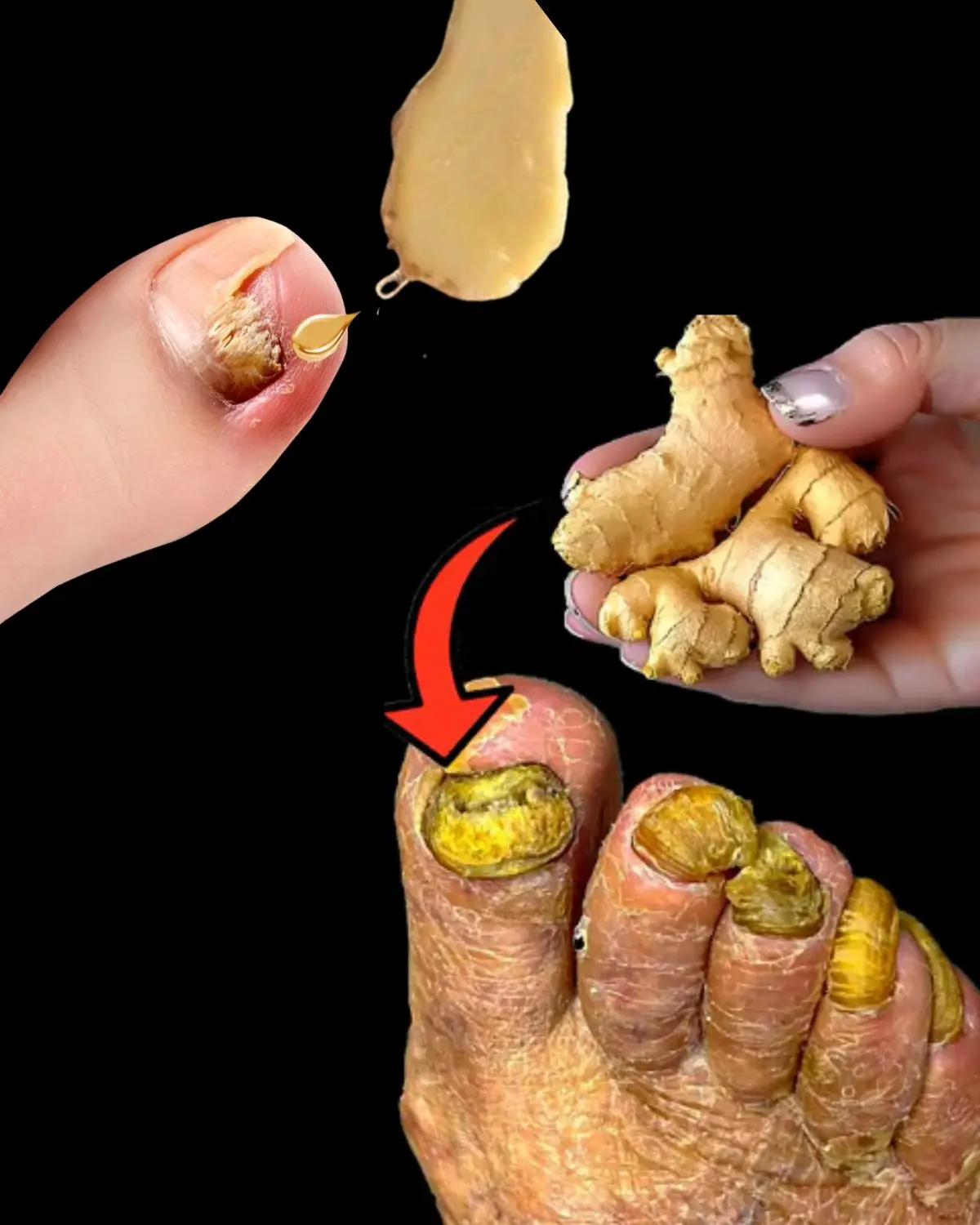
Discover Ginger’s Hidden Power for Thick Yellow Toenails
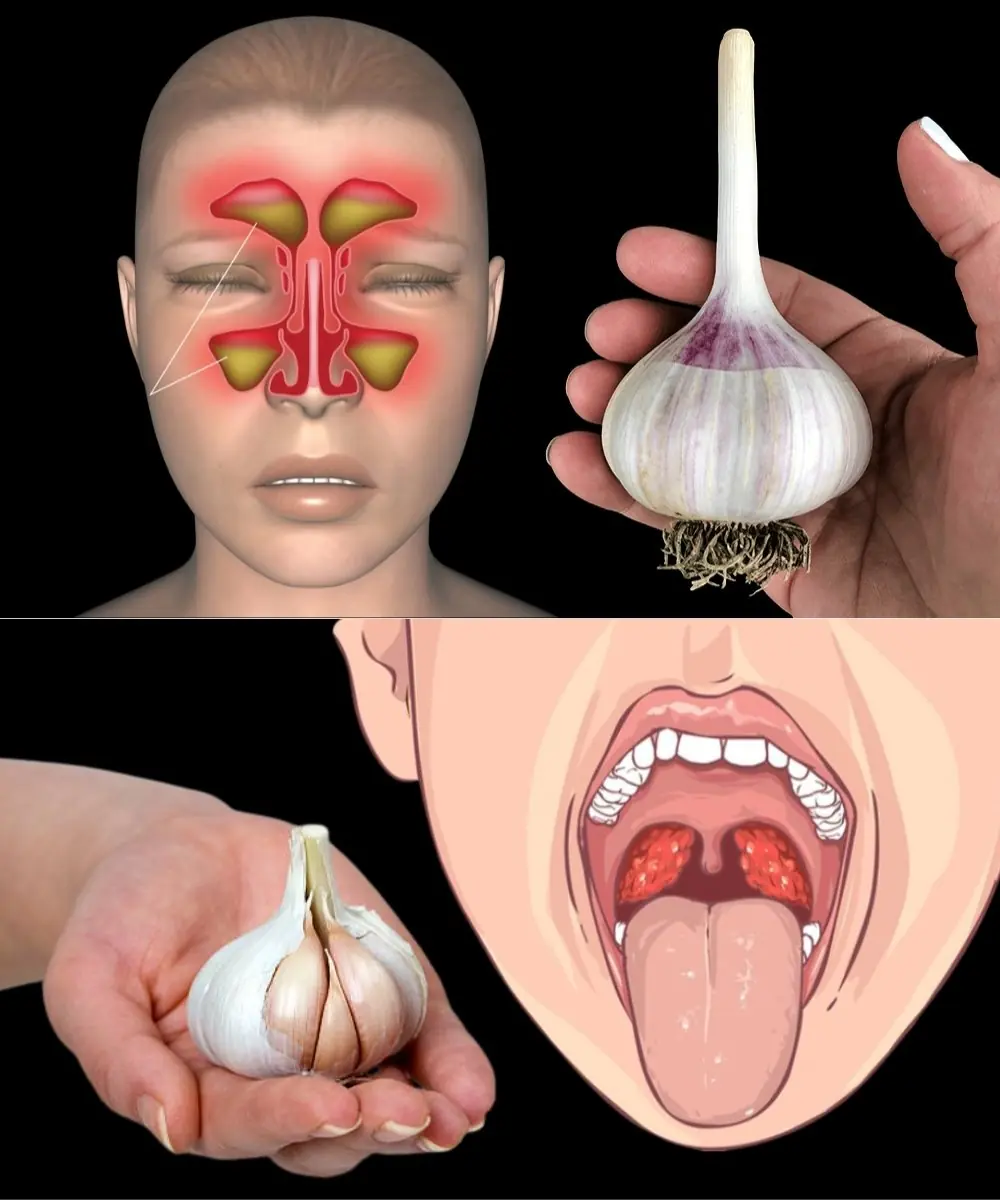
Garlic Destroys Urinary System Infections! Just Do This…

Tender Chicken Delight: The Ultimate Comfort Food Masterpiece

This Plant Is Everywhere — But You Had No Idea It Can Treat Tumors, Diabetes, and High Blood Pressure
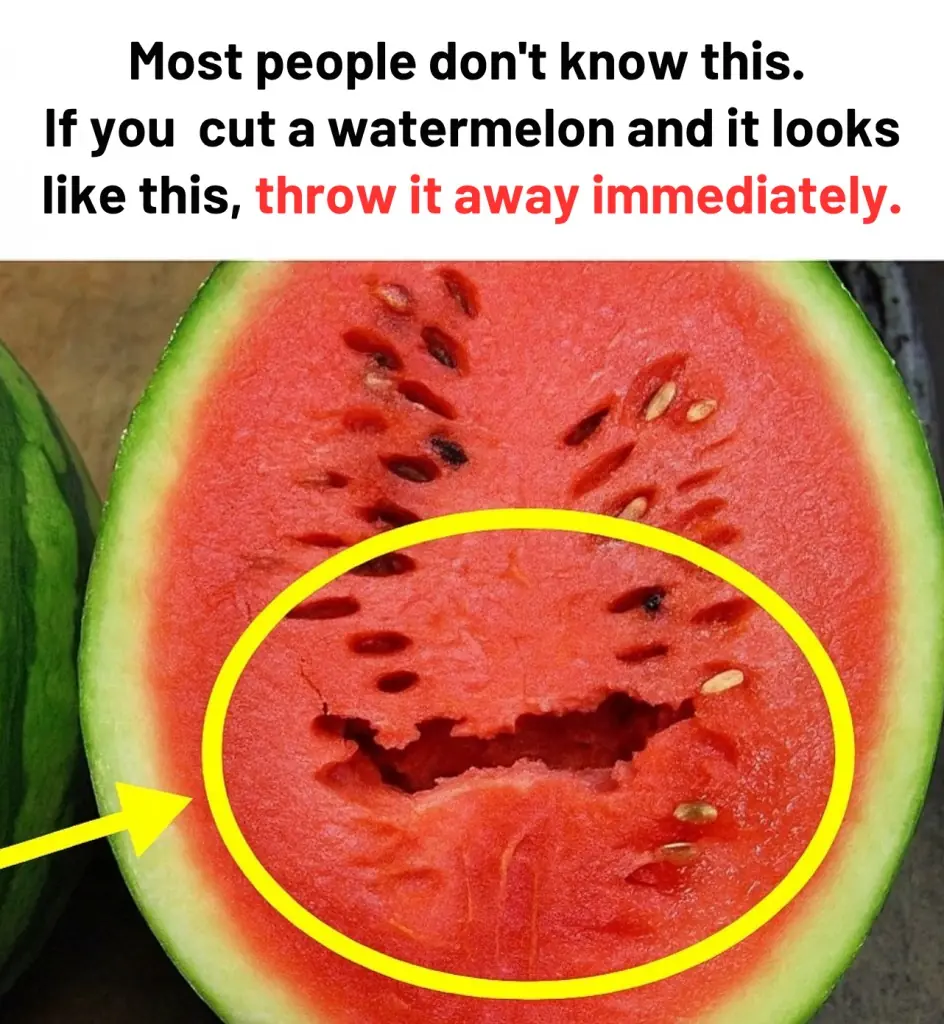
Why You Should Throw Away a Watermelon If It Looks Like This Inside
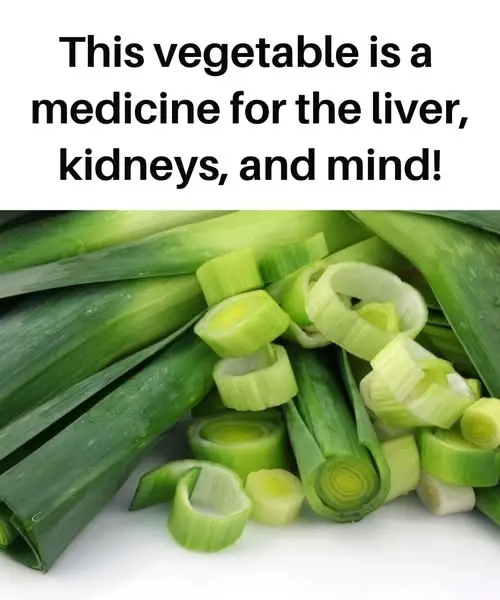
This Vegetable Is Medicine for the Liver, Kidneys, and Mind!

Over 200 People Are Killed by the “World’s Deadliest Food” Every Year — But Nearly 500 Million Still Eat It

7 Shocking Health Benefits of Sweet Potatoes You Never Knew About

Say Goodbye to Sparse Eyebrows and Short Eyelashes with Just 2 Ingredients

Sida acuta: Surprising Health Benefits and Versatile Homemade Uses

Soaking Your Feet in Salt Water: Why 10 Minutes Can Make a Big Difference

The Ancient Superroot Your Doctor Isn’t Telling You About

Protect Your Home and Wallet: Unplug These 5 Appliances When You’re Done Using Them

Surprising Causes of Hives Revealed — What May Be Triggering Your Skin Reaction

What Causes Cervical Cancer? A Guide to Risks, Prevention & HPV

The most powerful herb that removes parasites, urinary tract infections and herpes

5 Estrogen-Rich Foods Women Should Eat for Hormonal Balance & Radiant Skin
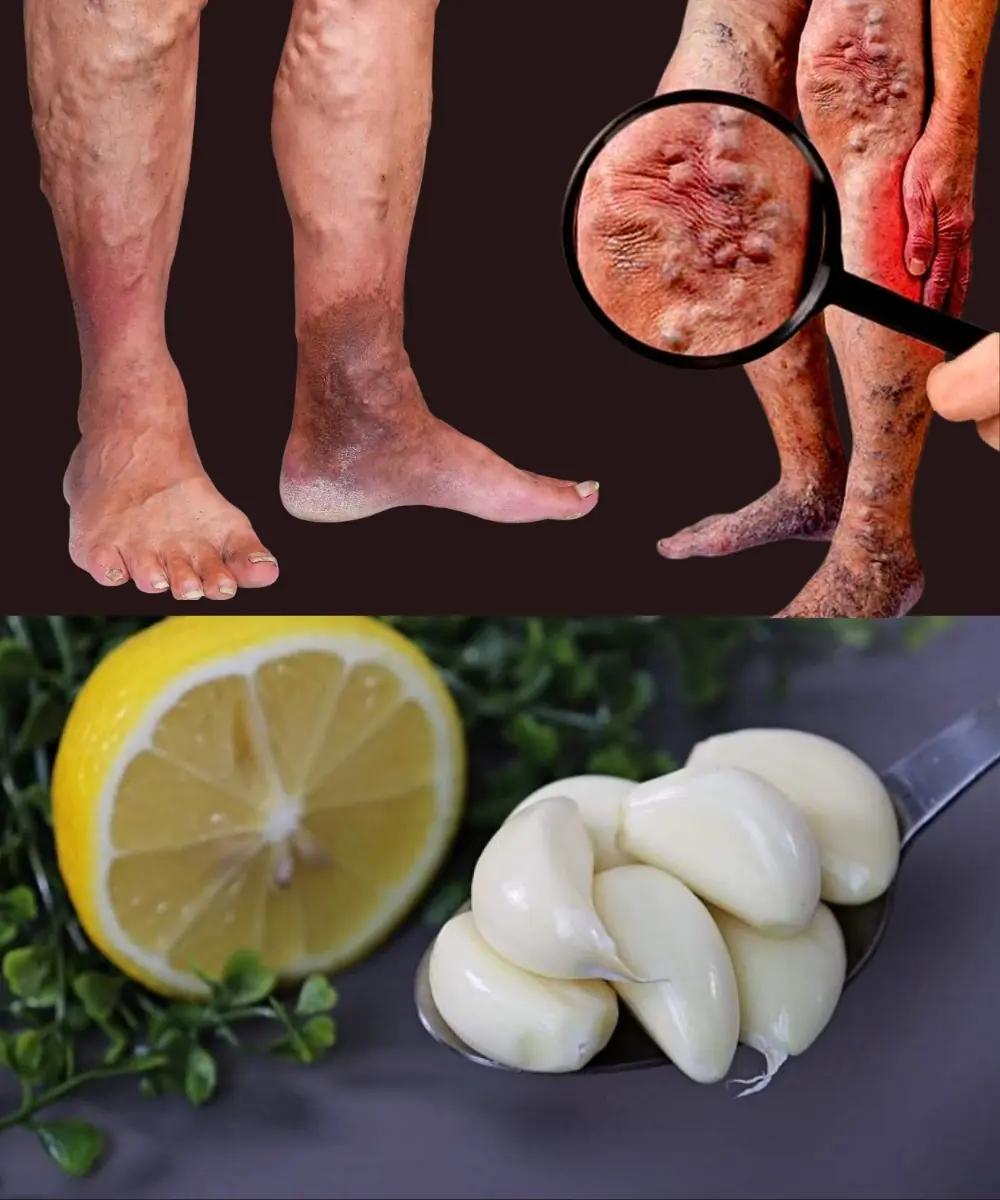
Treating Varicose Veins Naturally with Garlic: A Powerful Home Remedy
News Post

Flaxseed Baby Oil Formula: Collagen Oil For Wrinkle Free Skin

3 types of shirts you should never wear to a funeral
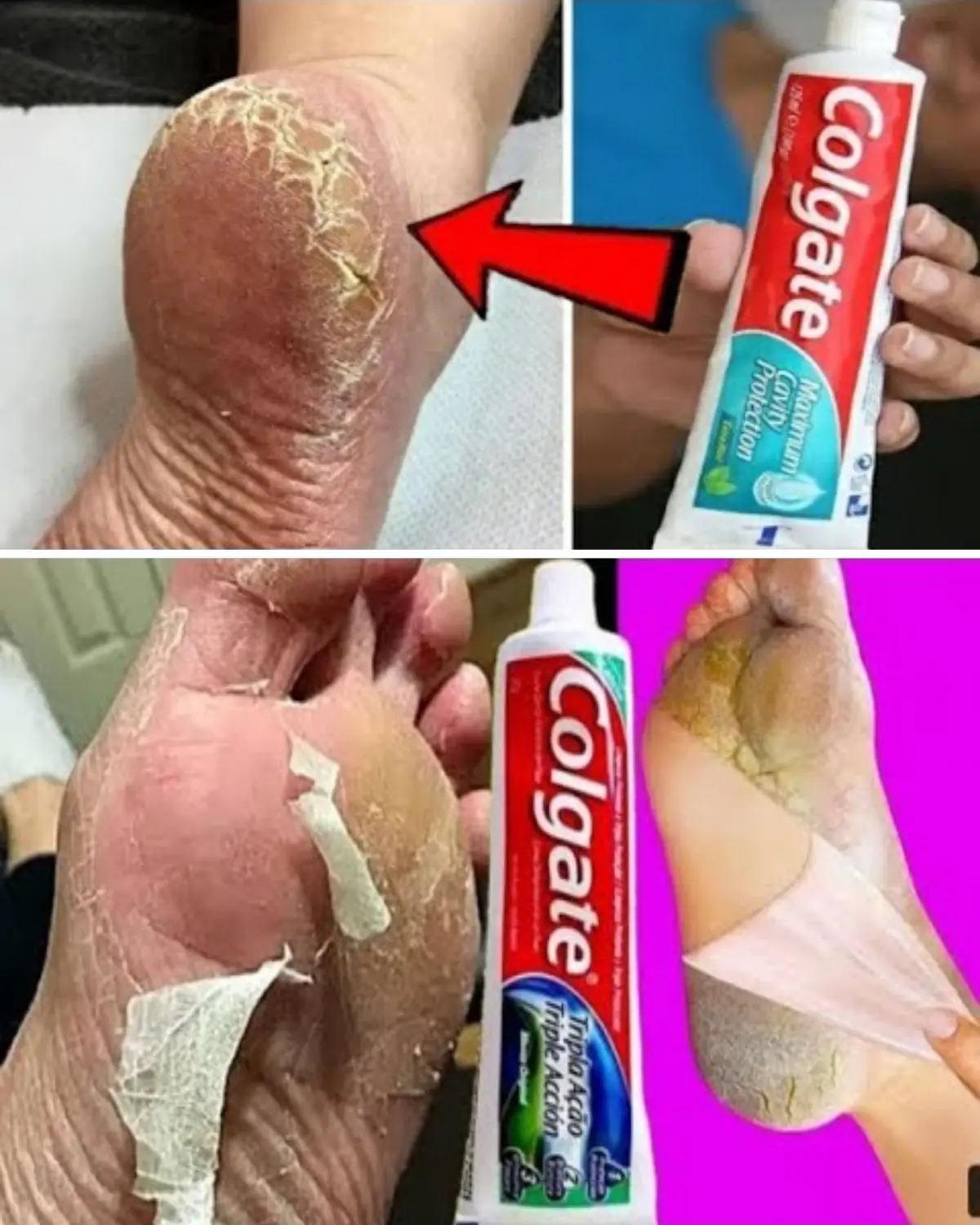
Unveil Colgate’s Surprising Secret for Softer Feet

Little boy cries at gate—k9 dog senses something no one else does

The reason dogs often chase people

Science backs it up: 3 fruits that fight fatty liver, regulate sugar and cholesterol

31-Year-Old Man Invited 89-Year-Old Neighbor To Live With Him To Spend Her Last Days In Company

15 Deadly Kidney Signs You Must Catch Early Before It’s Too Late

Discover Ginger’s Hidden Power for Thick Yellow Toenails

Garlic Destroys Urinary System Infections! Just Do This…

Tender Chicken Delight: The Ultimate Comfort Food Masterpiece

The Little Bow on Women’s Panties: More Than Just a Pretty Detail

This Plant Is Everywhere — But You Had No Idea It Can Treat Tumors, Diabetes, and High Blood Pressure

Should Adults Be Able to Order Off the Kids’ Menu? Let’s Settle the Debate

Why You Should Throw Away a Watermelon If It Looks Like This Inside

This Vegetable Is Medicine for the Liver, Kidneys, and Mind!

Over 200 People Are Killed by the “World’s Deadliest Food” Every Year — But Nearly 500 Million Still Eat It

7 Shocking Health Benefits of Sweet Potatoes You Never Knew About
